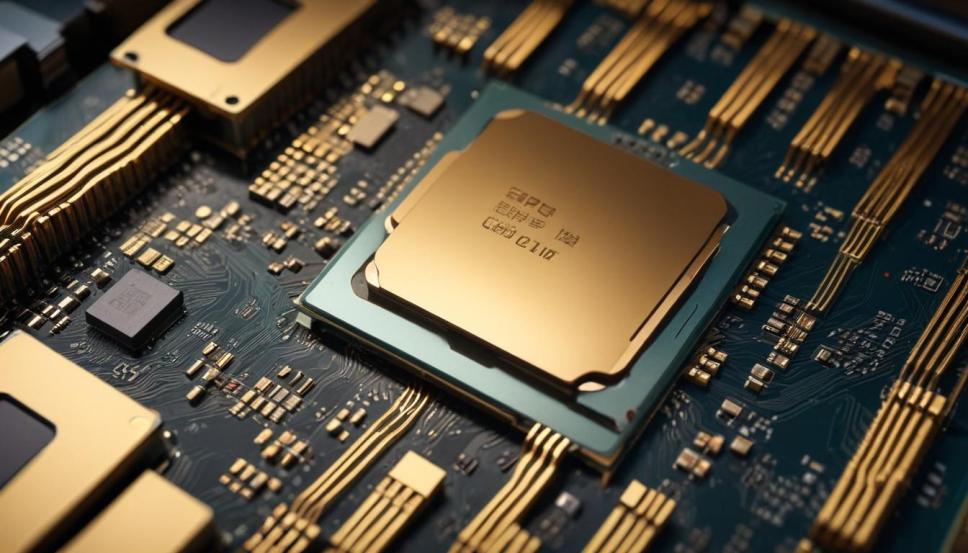In today’s tech-driven world, understanding computer hardware is essential for personal and professional growth. Whether you’re a student, tech enthusiast, or just curious, learning about computer hardware helps you make informed decisions about technology. This guide breaks down the basics into simple, easy-to-grasp concepts.
What Is Computer Hardware?
Computer hardware refers to the physical components of a computer system. These are the tangible parts you can touch or see, such as the CPU, RAM, and storage devices. Unlike software, which consists of programs and operating systems, hardware is the foundation that powers all computer operations.
Types of Computer Hardware
- Central Processing Unit (CPU)
Known as the “brain” of the computer, the CPU processes instructions, performs calculations, and manages data flow. It is a critical component that directly impacts your system’s performance. - Memory (RAM)
Random Access Memory (RAM) temporarily stores data currently in use, allowing for quick access. More RAM leads to better performance, but it loses its data when the computer is turned off. - Storage Devices
- Hard Disk Drive (HDD): Provides large storage capacity at a lower cost.
- Solid State Drive (SSD): Offers faster speed and durability but at a higher price. SSDs are ideal for improved performance and reliability.
- Motherboard
The motherboard is the central hub that connects all hardware components. It holds the CPU, RAM, and other essential parts, ensuring smooth communication between them. - Power Supply Unit (PSU)
The PSU converts electricity into usable power for the computer. It plays a vital role in maintaining a steady power supply to all components. - Input and Output Devices
- Input Devices: Tools like keyboards, mice, and scanners that let you interact with the computer.
- Output Devices: Equipment like monitors, printers, and speakers that display or output data.
How Hardware and Software Work Together
Hardware and software are interdependent. Software provides instructions for hardware to execute. For example, when you browse the internet, the software instructs the hardware to retrieve and display web pages.
Impact of Hardware on Performance
Computer performance heavily depends on hardware. A fast CPU, ample RAM, and a reliable SSD significantly improve speed and efficiency. Conversely, outdated hardware can slow down even basic tasks, causing frustration.
Upgrading Computer Hardware
Upgrading hardware can extend the life of your computer and improve its performance. Common upgrades include:
- Adding more RAM.
- Replacing an HDD with an SSD.
- Installing a new GPU for enhanced graphics.
Common Hardware Issues and Troubleshooting
Hardware problems can occur even with reliable components. Common issues include overheating, connectivity problems, and component failure. Basic troubleshooting steps include:
- Checking for loose cables.
- Ensuring proper cooling.
- Running hardware diagnostics.
For complex problems, professional help may be necessary.
Future Trends in Computer Hardware
The hardware landscape is constantly evolving, with trends like:
- Quantum Computing: Revolutionary technology offering unparalleled processing power.
- AI Accelerators: Specialized chips that enhance AI performance.
- Energy-Efficient Components: Eco-friendly designs for better performance with lower energy consumption.
Conclusion
Understanding computer hardware is a valuable skill. From the CPU and RAM to storage and input/output devices, every component plays a role in a computer’s functionality. As technology advances, staying informed about hardware trends helps you adapt to the digital world.
Frequently Asked Questions (FAQs)
1. What are the main components of computer hardware?
Key components include the CPU, RAM, storage devices (HDDs and SSDs), the motherboard, PSU, and input/output devices like keyboards, mice, and monitors.
2. How is computer hardware different from software?
Hardware refers to the physical parts of a computer, while software consists of programs and systems that run on the hardware. Both work together to perform tasks.
3. What does the CPU do in a computer?
The CPU, or “brain” of the computer, processes instructions, performs calculations, and manages data flow, influencing system speed and performance.
4. When should I upgrade my computer hardware?
Consider upgrading if your system is slow, struggles with newer software, frequently crashes, or runs out of storage.
5. What are basic troubleshooting steps for hardware issues?
Check cables, ensure proper cooling, run diagnostics, and update drivers. For persistent issues, consider replacing the faulty component or seeking expert help.






